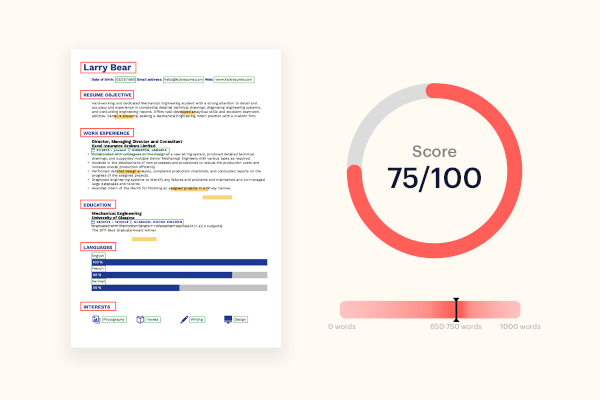
The term “AI winter” describes periods when funding for AI research and development decreases, typically following overly optimistic expectations that fail to materialize.
Recent generative AI systems, such as OpenAI’s GPT-4o and Google’s AI-powered tools, have not met the high hopes set for them, echoing a familiar cycle of hype and disappointment.
Historically, AI winters have followed cycles of excitement and letdowns. The first AI winter in the 1970s arose from disappointing results in machine translation and speech recognition projects, hindered by unrealistic expectations and insufficient computing power as reported by Search Engine Land. As a result, funding was cut off.
The second AI winter occurred in the 1980s when expert systems, despite initial promise, struggled with handling unexpected inputs. The decline of LISP machines and the failure of Japan’s Fifth Generation project contributed to this slowdown. Researchers began distancing themselves from the AI label, opting instead for terms like informatics or machine learning to avoid the negative connotations associated with AI.
AI’s resilience through these periods was evident in the 1990s, albeit slowly and with limited practical success. For instance, IBM Watson, which was expected to revolutionize medical treatment, faced challenges in real-world applications due to its inability to interpret doctors’ notes effectively.
The early 2000s saw a resurgence in AI research and funding, driven by advances in machine learning and big data. However, past failures led to a rebranding of AI technologies, with terms like blockchain and autonomous vehicles capturing investor interest, only to fade when they failed to meet inflated expectations.
Each AI winter follows a pattern: hype leads to disappointment, funding decreases, and researchers shift focus to short-term projects, often abandoning long-term research. This cycle impacts technology development and the workforce, leading to the abandonment of potentially transformative projects.
However, these periods offer valuable lessons. They highlight the importance of realistic expectations, foundational research, and transparent communication with investors and the public.
As of late 2023, AI progress appears to have slowed, with fewer breakthroughs in generative AI and reduced investor focus. Issues such as AI hallucinations, data usage concerns, and the limitations of AI models may contribute to this slowdown.
Despite this, a full-blown AI winter might be avoided. Open-source models are advancing rapidly, and companies are exploring various applications across industries. Investment continues, particularly in niche areas like Perplexity, despite skepticism.
The future of AI remains uncertain. Progress is likely, with improved AI systems and productivity gains for industries like search marketing. However, unresolved issues around AI ethics, data safety, and system accuracy could lead to reduced investment and a more significant industry slowdown.
Businesses will need to adopt AI with authenticity, trust, and a strategic approach. Search marketers and AI professionals should understand AI’s limitations, use it responsibly, and cautiously experiment to find productivity improvements while avoiding over-reliance on emerging technologies.
Src: www.artificialintelligence-news.com












Comments are closed.